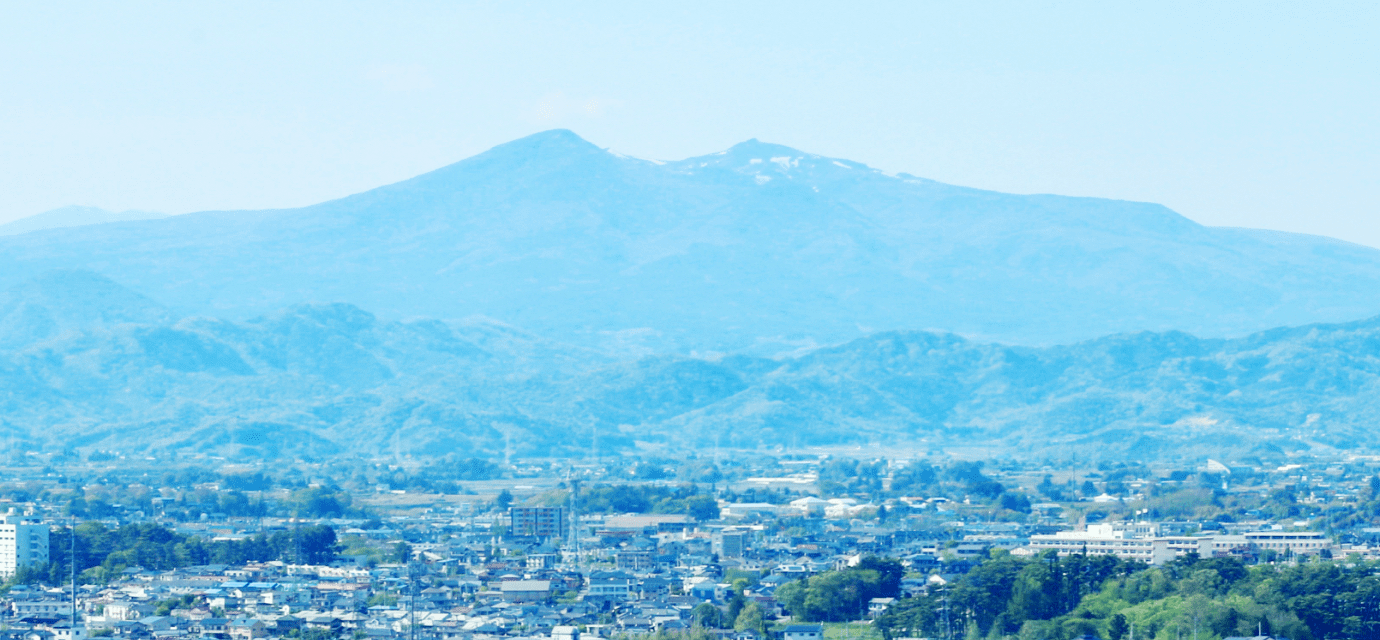

Fukushima
More than Ten years have passed since the Great East Japan Earthquake. In ongoing efforts to dispel negative impacts arising from misinformation, we feel it is important to encourage people to “know about” Fukushima, “eat” foods from Fukushima, and “come” to Fukushima. “Fukushima with Infographics” is intended to introduce the current conditions of Fukushima’s revitalization in figures, such as food test results and the number of people visiting the prefecture.
~ Shipping only products that clear rigorous tests! ~ 2 Increasingly popular overseas too! Fukushima’s agricultural products and sake 3 Air Radiation Dose Rates in Fukushima and Overseas 4 The following figure shows a comparison of air radiation dose rates in Fukushima Prefecture
Infographics 1
Fukushima Prefecture’s agricultural, forestry and fishery products
today
~ Shipping only products that clear rigorous tests! ~
Agricultural, forestry and fishery products from Fukushima Prefecture undergo testing for radioactive substances in the stages of production (in production areas and at producers), distribution and consumption, and only those agricultural, forestry and fishery products that are confirmed to be safe are shipped.
Test results concerning radioactive materials in foods (FY2019 production)
Period of 100% inspections:
August 26, 2019-August 26, 2020
If products exceed standards, they are not released for distribution, so cannot appear in supermarkets or other outlets.
Infographics 2
Increasingly popular overseas too! Fukushima’s agricultural products and sake
In spite of ongoing controls on import in some countries and areas that were important export destinations before the earthquake, Fukushima Prefecture exported approximately 305 tons of agricultural products in FY2019, outstripping the previous year’s performance and setting a new record high. Moreover, exports of Japanese sake and other alcoholic beverages are also proving popular and continuing to grow.
Source: Fukushima Prefecture Trade Promotion Division
Sake from Fukushima Prefecture is Japan's representative sake, achieving the number of gold medals awarded at the “National New Sake Appraisal“ for the first time in history 9 times in a row.
Infographics 3
Air Radiation Dose Rates
in Fukushima and Overseas
Radiation levels in the main cities of Fukushima Prefecture are no different from those in Tokyo and major
cities around the world. Compared to immediately after the Great East Japan
Earthquake in 2011, due to decontamination efforts and the properties of radioactive materials (whereby
radioactivity gradually decreases), radiation levels in Fukushima Prefecture are coming down. For example,
the air dose rate in Fukushima City has dropped to one-twentieth.
Fukushima
Air radiation dose rates in the main cities of Fukushima Prefecture are almost the same as in major cities around the world.
Infographics 4
Number of visitors to Fukushima
The number of overseas visitors staying overnight in Fukushima Prefecture has recovered to more than pre-earthquake levels!
Three areas in Fukushima Prefecture have developed in uniquely attractive ways based on their differing climate and natural features. By understanding the characteristics of each area, you can enjoy the abundantly diverse appeal of Fukushima Prefecture even more!